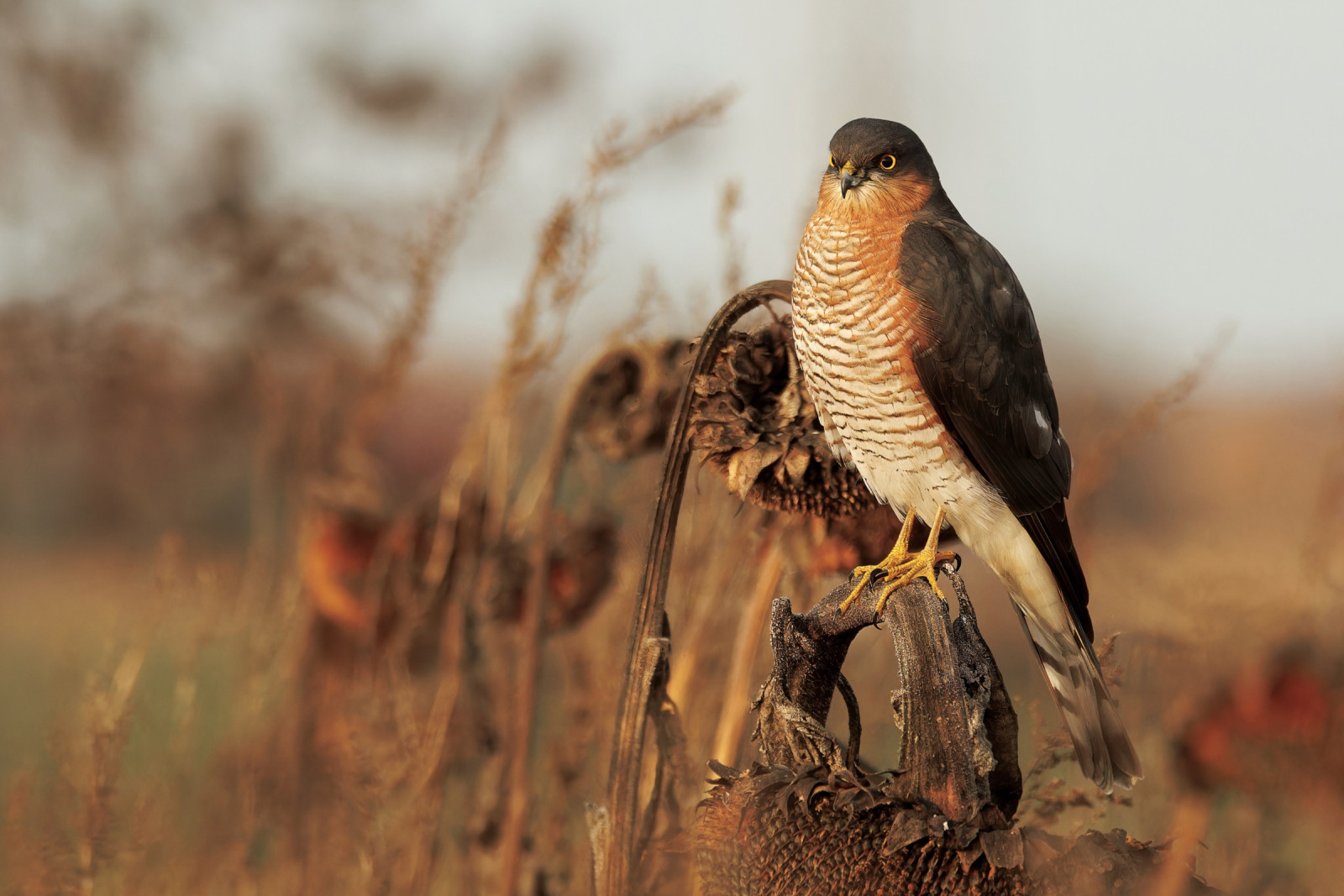Beschreibung
Hoe Park (locally just called The Hoe) is the larger of the two, the Southern side is mostly open grassland with some small trees and shrubs, the North/North Eastern sides have more mature/semi mature tree cover. On the Eastern edge is the Royal Citadel (built 1660) also surrounded by mature trees and shrubs beds. West Hoe Park is divided from it's larger neighbour by an old high quarry face, it is open at it's center with mature trees and shrubs beds along it's North and Eastern sides. Some birds you expect to see depending on season are Wanderfalke, Singdrossel, during spring migration Steinschmätzer, Zilpzalp (also winters), Fitis, Mönchsgrasmücke (also winters) and the occasional Fischadler can be seen flying over. In winter during freezing conditions on Dartmoor (just to the North) and surrounding areas Wiesenpieper, Goldregenpfeifer, Kiebitz, Provencegrasmücke, Mäusebussard have been recorded, also during winter Rotdrossel and Wacholderdrossel are common visitors.
Details
Zugang
On foot from Plymouth city centre head South along Armada Way, which runs from the main railway station (called North Road) directly to Hoe Park. If travelling by car look for road signs for The Hoe/Seafront. Car parking is on street only (pay & display), those with disabled blue badges can park inside the park (free) byway of entrance near Royal Citadel. Some paths within Hoe Park are moderately steep with many steps. West Hoe Park is flat and step free.
Terrain und Habitat
Vereinzelte Bäume und Büsche , Grasland, Wiesen , Wald , Plateau , Meer , Stadt/Dorf , Schlucht/CliffBedingungen
Flach , Hügelig , Offene LandschaftRundweg
JaIst ein Spektiv nützlich?
Möglicherweise hilfreichGute Beobachtungszeit
GanzjährigBeste Beobachtungszeit
Frühjahr , Herbst , Herbstzug , Frühjahrszug , WinterRoute
asphaltierte Straße , Normaler Weg , Schmaler PfadSchwierigkeitsgrad der Tour
DurchschnittlichErreichbarkeit
zu Fuß , Fahrrad , Auto , RollstuhlBeobachtungshütten oder -türme
NeinZusätzliche Informationen
Unusual for a seaside location in South West England, Plymouth has no real beach, most people use the grassed areas as an alternative, therefore in nice weather especially in summer months these areas get VERY BUSY and hence less bird activity, so a visit earlier in the day may be more productive. On quieter days and especially towards the END OF SUMMER AND INTO AUTUMN/WINTER GULL FLOCKS ROOST in Hoe Park, carefull checking may produce more unusual species. For DISABLED and OTHER INFORMATION PRESS STARS ON MAP.



